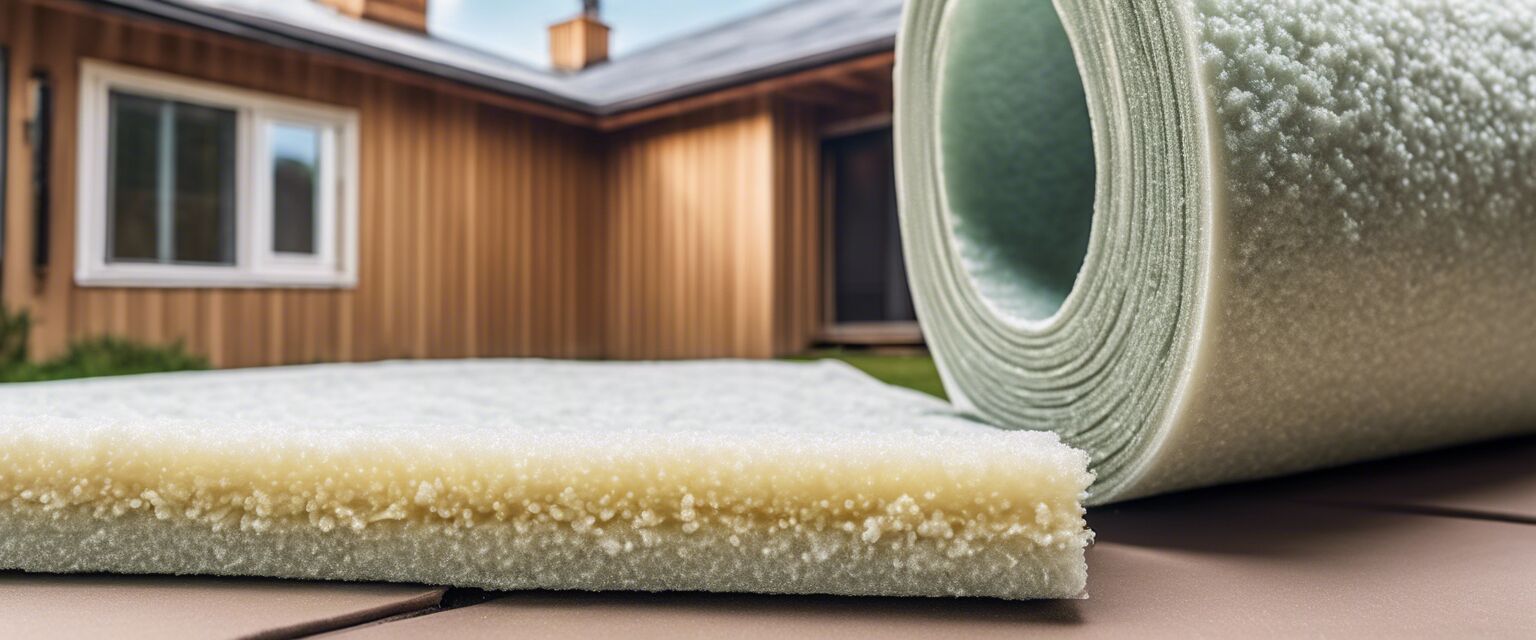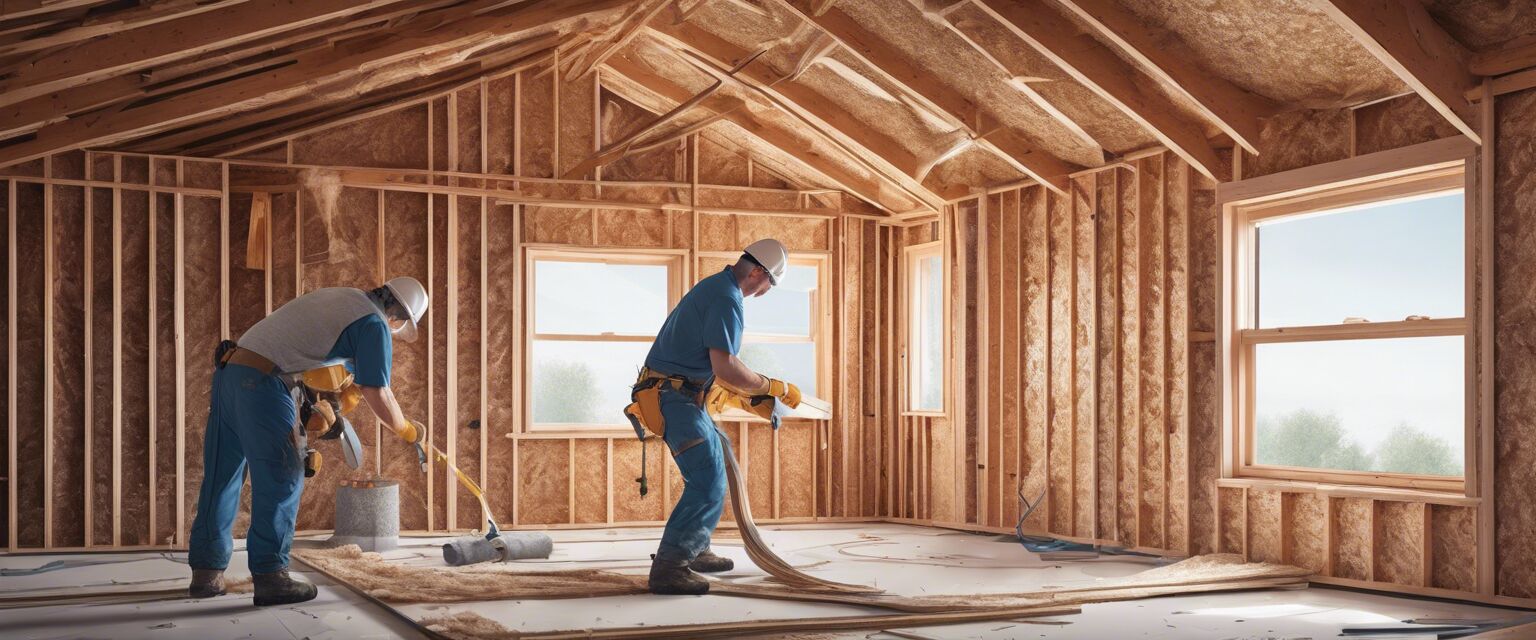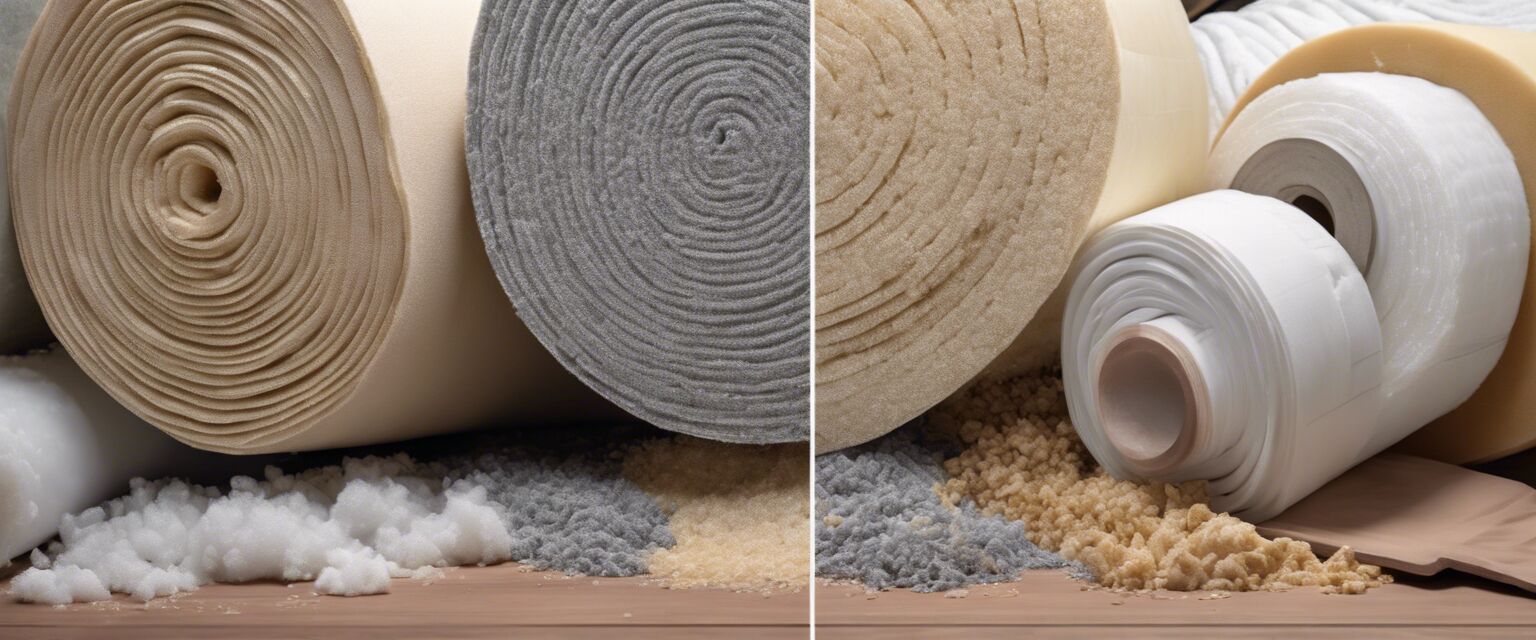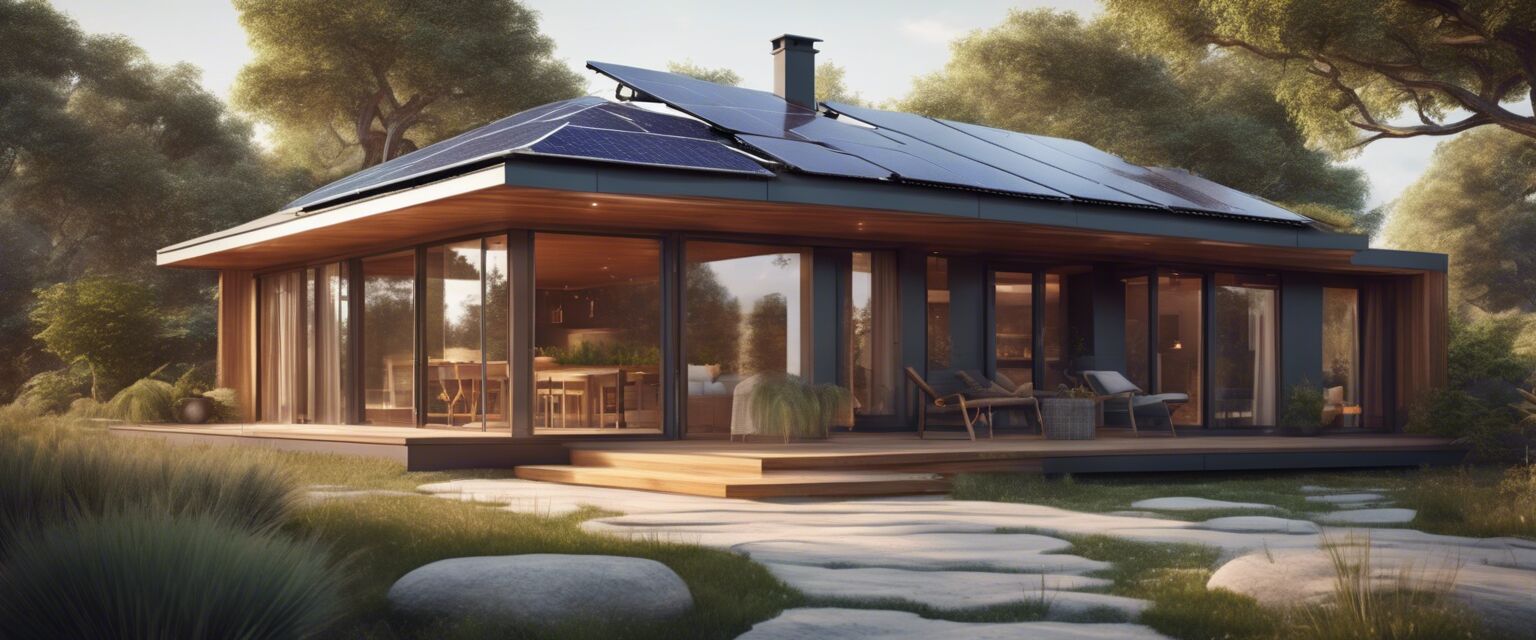
Energy Efficient Insulation
Key Takeaways
- Energy-efficient insulation helps reduce heating and cooling costs.
- Choosing the right insulation material is vital for optimal performance.
- Proper installation is crucial to maximize the benefits of insulation.
- Regular maintenance can prolong the lifespan of your insulation.
Choosing energy-efficient insulation for your home is one of the most impactful steps you can take to enhance energy efficiency and comfort. Not only does adequate insulation contribute to a more consistent temperature throughout your space, but it can also lead to significant cost savings on energy bills. In this article, we will explore various types of insulation, their benefits, and installation tips that will help you make informed decisions for your home improvement projects.
Understanding Energy-Efficient Insulation
Insulation works by slowing down the transfer of heat. It can keep your home warm in winter and cool in summer. By reducing the demand for heating and cooling, it minimizes energy consumption and contributes to a greener environment.
Types of Insulation Materials
There are several types of insulation materials available, each with unique properties. Below is a comparative overview:
| Type | R-Value | Cost | Pros | Cons |
|---|---|---|---|---|
| Fiberglass | 2.9 - 4.3 per inch | Low | Fire resistant, inexpensive | Can irritate skin; requires proper installation |
| Foam board | 4 - 6.5 per inch | Moderate | High insulation value; moisture-resistant | Limited in use; expensive |
| Spray foam | 3.6 - 6.5 per inch | High | Effective air barrier; fills gaps | Expensive; requires professional installation |
| Cellulose | 3.1 - 3.7 per inch | Low | Eco-friendly; good soundproofing | Can settle over time; may attract pests |
Choosing the Right Insulation
When selecting the right insulation for your home, consider the following factors:
- Climate: Choose materials with higher R-values for colder climates.
- Installation Location: Different areas (walls, attic, floors) may require varying insulation types.
- Budget: Assess the cost versus the potential energy savings over time.
Installation Tips
Proper installation is key to ensuring insulation works effectively. Here are some tips:
- Seal Any Air Leaks: Before installing insulation, ensure that you seal any leaks in your home.
- Follow Manufacturer Guidelines: Always adhere to specific installation instructions provided with the insulation material.
- Use the Right Tools: Having proper tools will make installation smoother and more efficient.
Maintaining Your Insulation
Regular maintenance of your insulation can extend its lifespan and effectiveness. Here's how you can maintain it effectively:
- Inspect Regularly: Check for signs of damage or degradation at least once a year.
- Ensure Ventilation: In attics, proper ventilation helps prevent moisture buildup.
- Consider Upgrades: As energy codes improve, older insulation may become less efficient; consider upgrades when necessary.
Benefits of Energy-Efficient Insulation
Installing energy-efficient insulation carries several advantages beyond just cutting down on energy bills:
- Comfort: Creates a more uniform temperature in your home.
- Noise Reduction: Insulation can help minimize outside noise intrusion.
- Environmental Impact: Reduced energy consumption leads to lower carbon emissions.
Pros
- Reduces energy costs significantly.
- Enhances overall comfort in the home.
- Improves indoor air quality by preventing drafts.
- Eco-friendly options are available.
Cons
- Initial installation costs can be high (especially for certain materials).
- Improper installation can lead to issues such as moisture buildup.
- May require professional services for certain types of insulation.
Where to Find Energy-Efficient Insulation Products
For your insulation needs, consider exploring insulation and weatherproofing products available. Be sure to evaluate different materials in order to make the right decision for your home.
Frequently Asked Questions
- What is the best insulation for energy efficiency?
The best insulation for energy efficiency often depends on climate, home location, and budget. Materials like spray foam and foam boards are popular for their high R-values.
- How often should insulation be replaced?
Generally, insulation can last over 30 years, but regular inspections are recommended to determine its condition.
- Is DIY insulation installation effective?
While DIY installation can save costs, it's important to have a thorough understanding of the materials and proper techniques to ensure effectiveness.
Conclusion
Investing in energy-efficient insulation not only improves your home's comfort and efficiency but also contributes to environmental sustainability. By understanding the available options and following proper installation procedures, you're well on your way to a more comfortable and eco-friendly home.
Tips for Beginners
- Research different insulation materials before making a purchase.
- Consider both R-value and cost to ensure you get the best value.
- Donât hesitate to seek professional advice if needed.
Further Reading
For more insights on sustainable home improvements, check out our sections on green building materials, energy-efficient appliances, and smart home devices.




